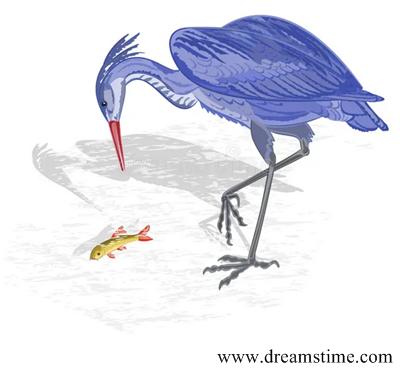 This is a problem from the 629 AD work of Bhaskara I, a contemporary of Brahmagupta.
This is a problem from the 629 AD work of Bhaskara I, a contemporary of Brahmagupta.
“A fish is resting at the northeast corner of a rectangular pool. A heron standing at the northwest corner spies the fish. When the fish sees the heron looking at him he quickly swims towards the south (in a southwesterly direction rather than due south). When he reaches the south side of the pool, he has the unwelcome surprise of meeting the heron who has calmly walked due south along the side and turned at the southwest corner of the pool and proceeded due east, to arrive simultaneously with the fish on the south side. Given that the pool measures 12 units by 6 units, and that the heron walks as quickly as the fish swims, find the distance the fish swam.”
See Lunchtime at the Fish Pond for a solution.

At first I was going to comment that the orientation of the rectangle isn’t mentioned. Are the sides longer or the top and bottom?
But, it doesn’t matter for thr answer. In either case the answer is the same. I found that interesting and quickly understood why.
If you consider the rectangle with horizontal side as 6 and vertical side as 12, we get,
18-x=d
d^2 = x^2 + 12^2 = (18-d)^2 + 12^2
36d = 18^2 + 12^2
6^2*d = 6^2*(9 +4)
d = 13 and x=5
So two answers are possible if the side lengths of the rectangle are interchanged.
Yeah, it’s actually a different answer. I also tried with a 10×10 square and got d=12,5. Here, the travelling of the side length of the rectangle is already accounted for as it’s given that they meet on the south side. I will try with different rectangle ratios and see what can be genralized.